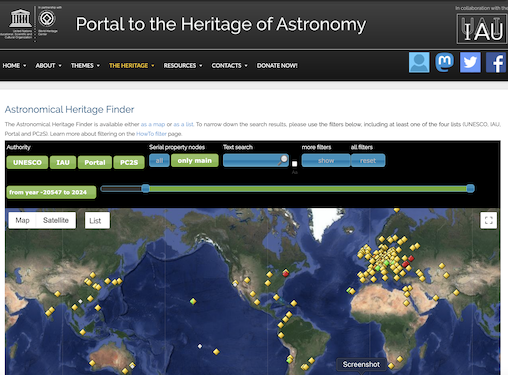
A paper published in the December 2012 issue of Antiquity describes a previously undocumented geoglyph in the Nasca desert, Peru. I originally discovered this 4.4km-long labyrinth by chance in 1984, well before the days of hand-held GPS, but was able to relocate and survey it 20 years later. In the paper, Nick Saunders and I offer interpretations by combining the scientific data with conclusions drawn from the first-hand experience of walking the figure in its entirety.
The full story
The famous Nasca geoglyphs—a jumble of lines, geometric designs, and zoomorphic figures laid out across wide expanses of arid coastal desert (‘pampa’) near Nazca, in southern Peru, are an extraordinary cultural phenomenon and have also achieved notoriety for some outlandish theories purporting to explain them.


When I joined an expedition to the Nasca desert in 1984, my mission was to undertake a statistical analysis of the orientations of the radial line systems that are found all over the pampa. I had no idea that, on only the second day in the field, I would stumble across a unique figure, whose form only became evident as I walked it from end to end. I had even less idea that, after just a couple more days, a dispute with Maria Reiche (see picture)—the famous ‘lady of the lines’—would bring the expedition to an abrupt halt and I would not have the opportunity to return to the area until 20 years later.
Relocating the figure in April 2004 involved a trek across the pampa armed only with the original field notes that had preceded the days of hand-held GPS. This trip was part of a pilot investigation for a five-year project which subsequently carried out an intensive survey and detailed archaeological investigation of the geoglyphs within an area of some 80 km². The labyrinth figure was investigated in detail as part of that project.
The labyrinth was probably constructed during the middle part of the 800-year-long Nasca period, around AD 500. Unlike some of the famous zoomorphic figures, its irregular form provides no reason to speculate that it might have been intended to be viewed from the air. As Nick Saunders and I argue in the Antiquity paper, it was not meant to be ‘seen’ from outside at all, but rather to be experienced from within. It was meant to be walked. This leads on to the question of by whom, and in what circumstances. Our conclusions in the paper are reached by combining the archaeological evidence and interpretations based on the actual experience of walking the figure in its entirety. It seems likely that, back in 1984, I was the first person to do this for some 1500 years.

A video reconstruction
Victor Reijs has produced a digital video reconstruction of the experience of walking the labyrinth, in both directions.
Further information
“Desert labyrinth: lines, landscape and meaning at Nazca, Peru”, by Clive Ruggles & Nicholas J. Saunders, was published in Antiquity 86, 1126–1140.
Nick Saunders and I have worked together on various projects going back to 1981. Our joint publications include Astronomies and Cultures (1993), the proceedings of the third ‘Oxford’ International Symposium on Archaeoastronomy, including their essay on “The study of cultural astronomy” which helped to define the term and has been reprinted in Aveni’s Foundations of New World Cultural Astronomy.
A five-year field investigation of the geoglyphs in the vicinity of Cahuachi, led by myself, ran from 2005 to 2010 and was sponsored and supported by the Asociación Cultural Peruano Británica (“el Británico”) in Lima, Peru.
















 If you are looking for things related to Alice and/or information about stalking, please visit the
If you are looking for things related to Alice and/or information about stalking, please visit the